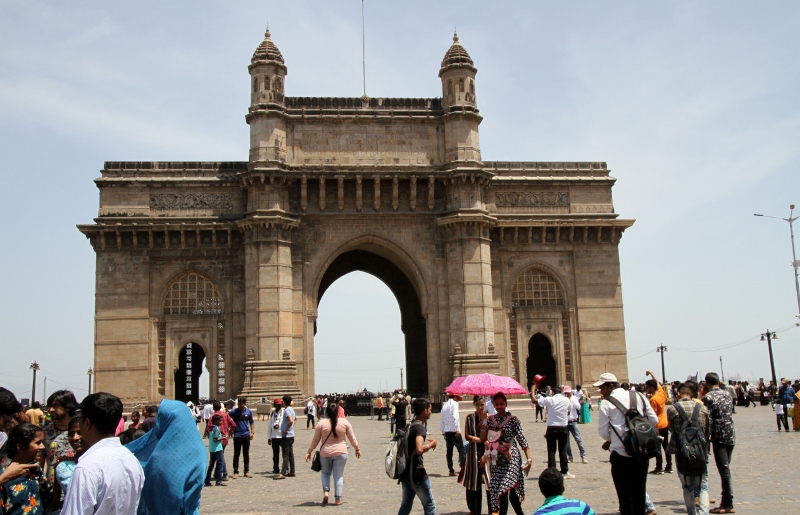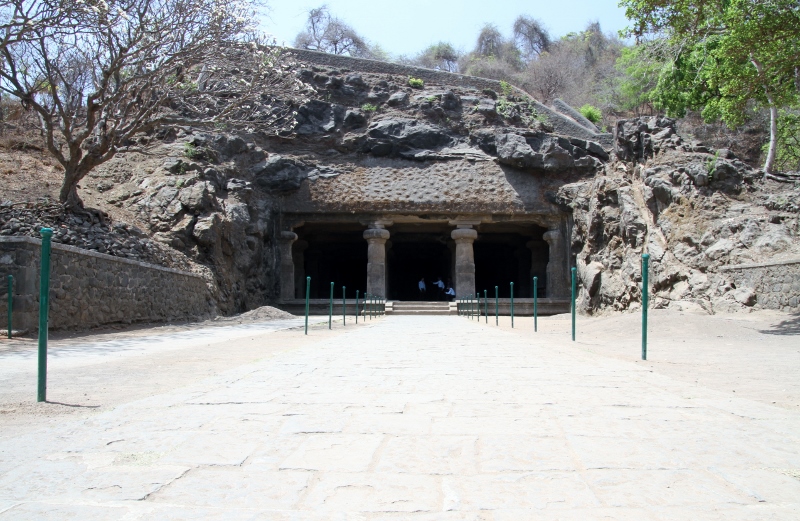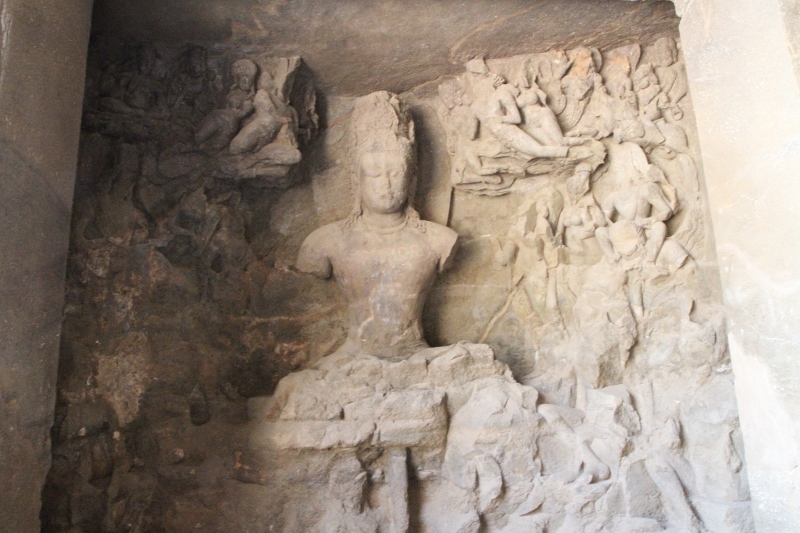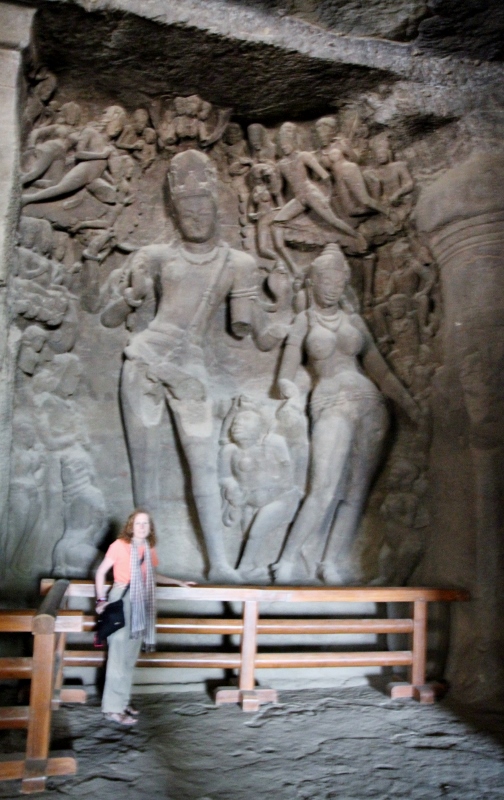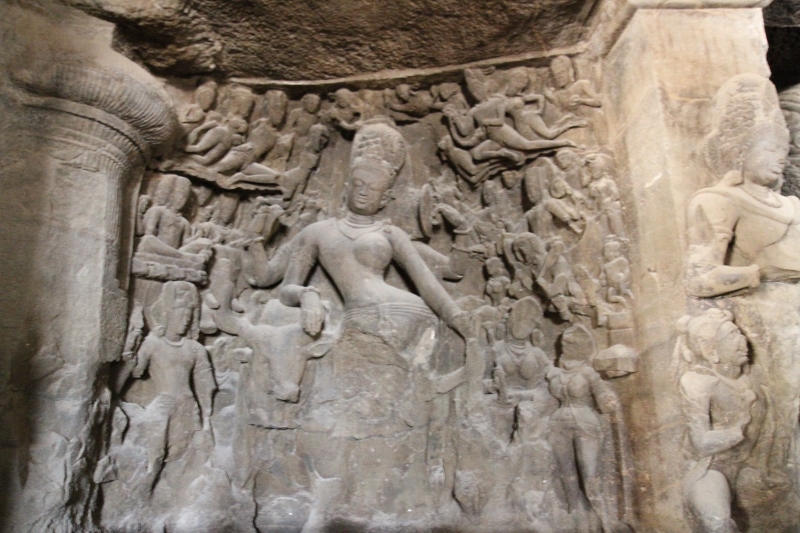Many here still call the city Bombay. It is a sprawling metropolis, the financial center of India with a population of 22 million. It much more modern than the other cities we visited. The British seizing on the potential of the harbor, reclaimed much land from the swampy islands they received from the Portuguese in 1661 as part of the dowry of Catherine of Braganza when she married Charles the II of England. During the mid-18th century the English undertook construction of roads and railways that transformed Bombay into a major seaport on the Arabian Sea.
May 2 Mumbai sites
Our first day took us to a local park. This is built over a reservoir. The reservoir was covered for fear of contamination from the nearby “Tower of Silence” a funereal site for the Parsi. The Parsi are a Zoroastrian community who migrated to India in the 7th century to avoid persecution following the Muslim conquest of Persia. They do not bury or cremate their dead as each would pollute one or more of the sacred elements. Instead they put the body in the Tower to be eaten by vultures.


Stairway to the Silent Tower
We drove through the city, passing the worlds most expensive house, a 27-story skyscraper valued at upwards of $1 billion. It was built for an Indian business tycoon for him, is wife and their three children.
We learned that there are many unique services in Mumbai that date back hundreds of years. One of them is the Washer men of Dhobi Ghat. This is an open-air laundromat. The area was constructed in 1890 and continues today as over 7,000 washers, known as dhobis, work in the open to clean cloths and linens from Mumbai’s hotels and hospitals.

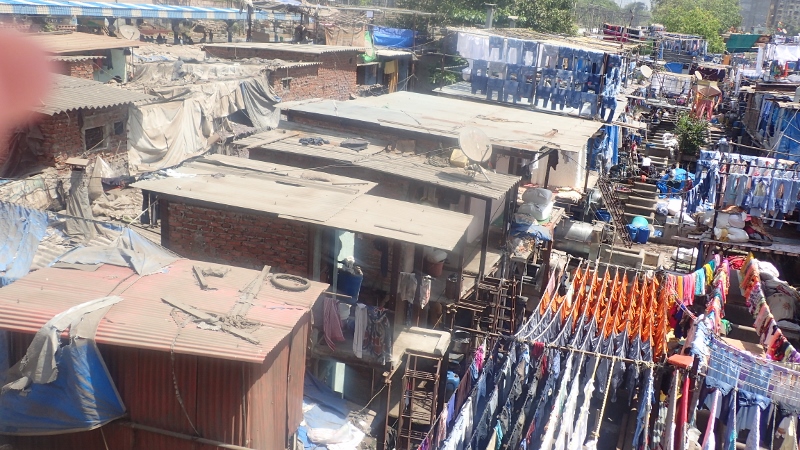
Generations of Dhobis live next to the basins they use to wash. 


Another of the unique services is the “lunchbox men” or dabbawalas. Our first introduction to them was seeing a statute that was of the Lunchbox delivery man. Odd, I thought to have a statue to a delivery person, that would be like a statue to the guys in New York that deliver food to almost every apartment in NYC. Well like everything else in India there is a story. In the 1890’s with the growth of the city with more migrants from all over India there was a lack of an effective means to ensure office-workers could eat at lunchtime. There was also a supply of illiterate workers, who had travelled to the city due to agriculture not being able to support them. And so, the idea of delivering home-made food was born, and continues to this day. There are currently between 5,000-7,000 dabbawals who deliver 200,000 meals each day and then return the empty boxes to their home for the next day. They use bicycles and trains to move these lunches around the city from their homes to the office using a unique code that tells them where it came from and where it goes. All are delivered by lunch time, and all are returned before the end of the day.

Each box has a code 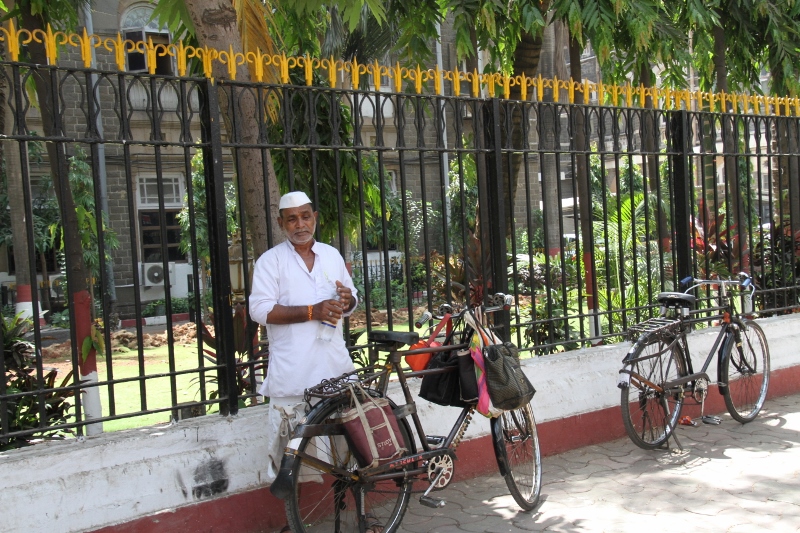
Bicycles are used for pick up and delivery 
Brought to one of several sorting locations 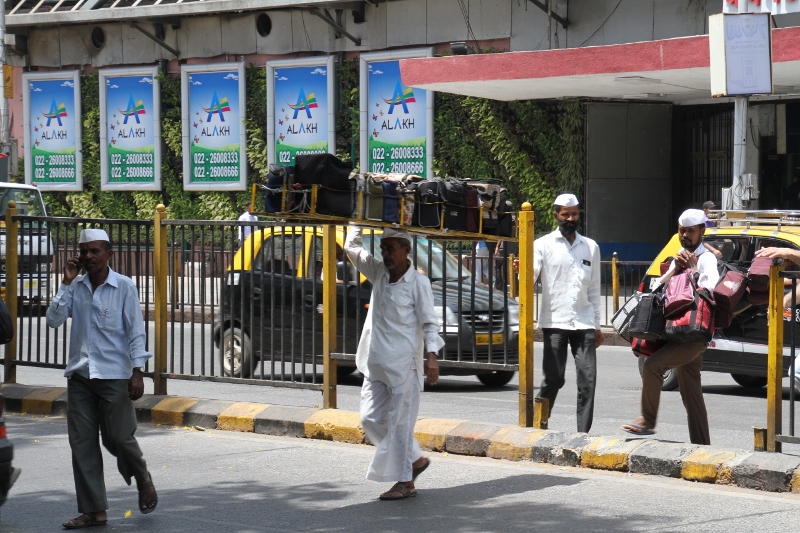
Many carried by train 

Our next stop was to visit a home that Gandhi used when in Bombay. From here he met with others to discuss and plan their campaign of non-violence that eventually lead to the independence of India. There is a library and a small museum depicting his life. Again, a moving tribute.

The house in Bombay 
A gift from Obama 
The library 

Almost as if he were there 
His room
Finally, we visited some other sites in the area, the railway station built by the British that is a UNESCO site even though it is still a working building. And the City Hall.

The City Hall 
The Railway station 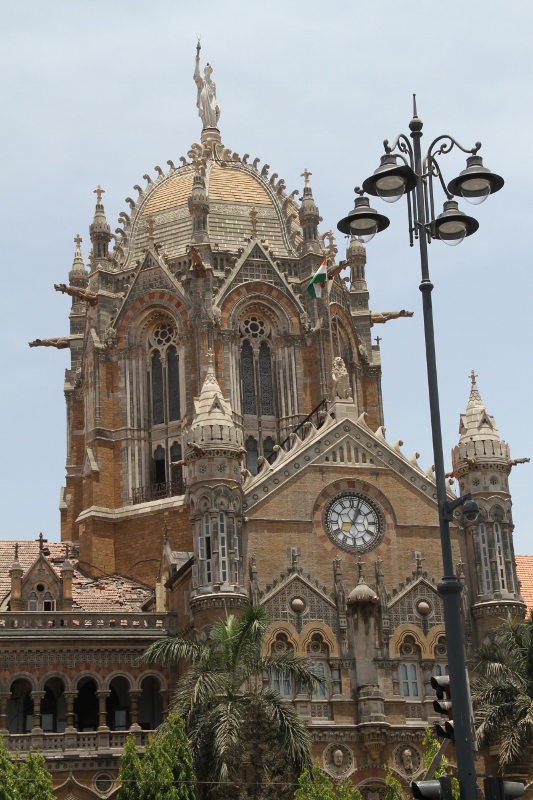
The empty pedestal where a statute of Queen Victoria once stood. 
The Lion symbolizes England, the Tiger India. 
The Market 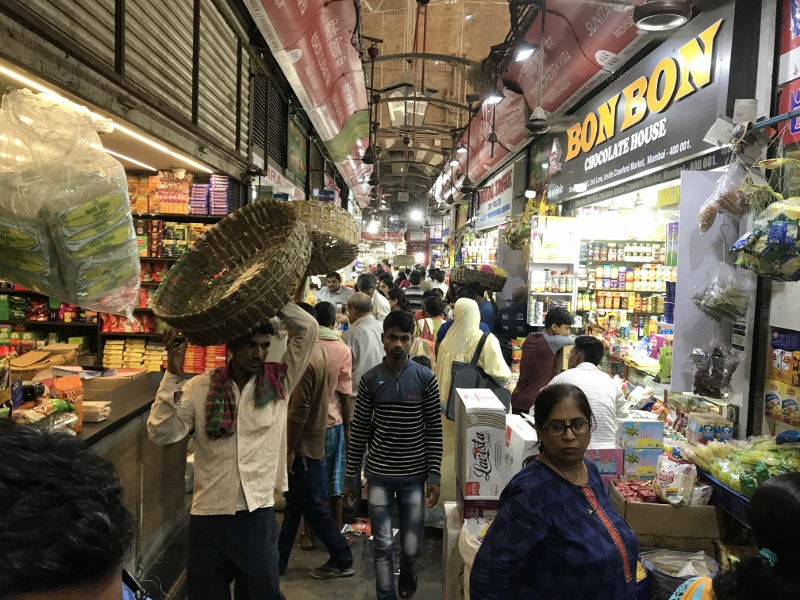
May 3 The Gate Way to India and Elephanta
Our final full day in India was about ancient wonders and “modern” marvels. As we approached the harbor, right across from our hotel, we see the “Gate Way to India”, Mumbai’s most recognized monument. It was constructed to commemorate the visit of King George V and Queen Mary to the city. It is designed to be the first thing you see when approaching Mumbai by boat, which, through the early part of the 20th century is how most people came to India.
We boarded a ferry for a 1-hour trip across the harbor to Elephanta Island. The island was originally known as ‘Gharapuri’ but was later renamed to Elephanta after Portuguese explorers discovered a large stone Elephant near their landing place. Here there is a temple cave dedicated to Lord Shiva. It is carved from the hill as a single sculpture.
Our time in India comes to an end here in Mumbai. Two weeks is surely not enough to explore this ancient and inviting country. There is more to see and experience here than one can absorb in a lifetime of travel.



